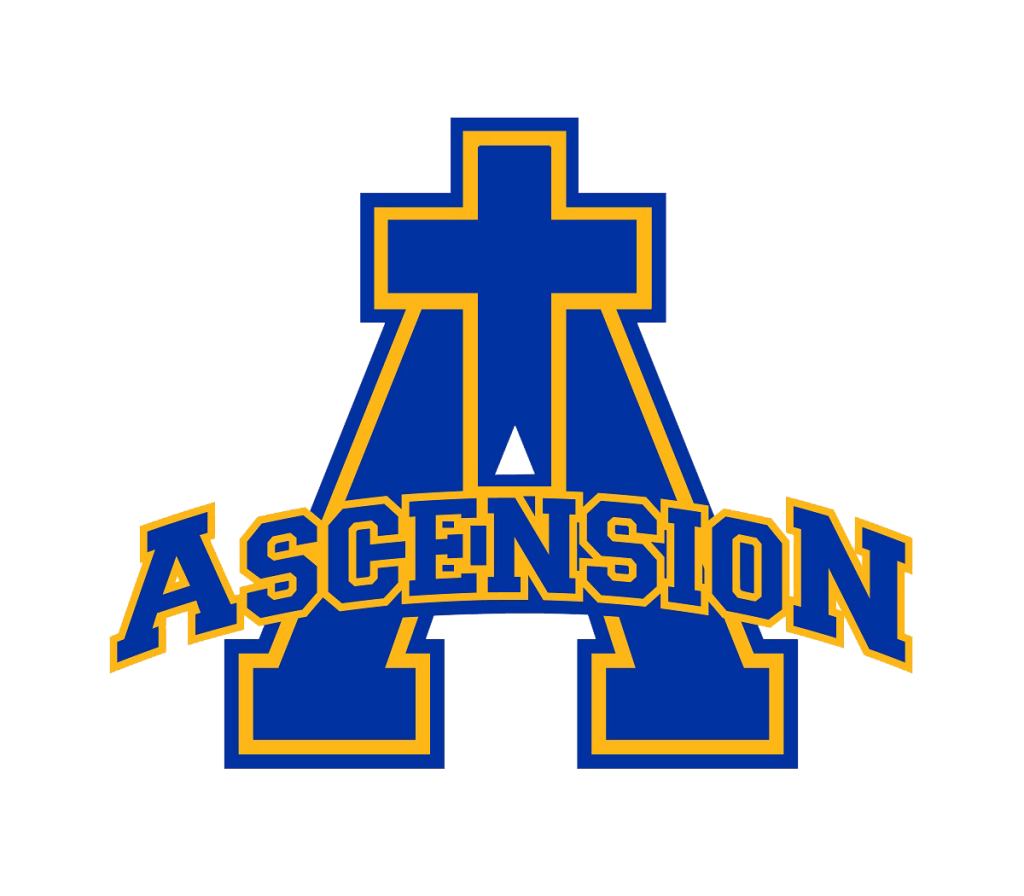Work of the People: The Catholic Mass
This video series highlights the role of the assembly at Mass with explanations, examples, and commentary from our own parishes and parishioners here in the Archdiocese of Louisville. It comprises six brief (3-4 minute) videos – an introduction and five “snapshots” of the assembly’s role at specific points in the Mass.
We will be highlighting a new video every Wednesday until they are all released from March 27th – May 1st. You can view previous videos at the link below.
SNAPSHOT 2: BRINGING OUR GIFT
The Liturgy of the Eucharist begins with the collection and the presentation of the gifts of bread and wine, brought forward by representative members of the But the bread and wine are not the only “gifts.” The Church teaches that we also offer our very selves to God for sacrifice. The priest receives these gifts – bread, wine, and ourselves. In the Eucharistic prayer, he asks God to send the Holy Spirit for transformation – transformation of the breadand wine into the Body and Blood of Christ, and transformation of all of us into the Body of Christ.
KEY LEARNING OUTCOMES
- In the presentation of the gifts, we ourselves are represented in the collection, the bread, and the wine.
- The one Body of Christ has Christ as its head and many members with different roles and gifts.
- The Body of Christ is about “we” rather than “me”; the liturgy is communal and not individual.
QUESTIONS FOR DISCUSSION
- What gifts do you have, and how can you use them to serve your community?
- Paul wrote to the Corinthians: “As a body is one though it has many parts, and all the parts of the body, though many, are one body, so also Christ.” What significance does this message have for you?
- Howcan you help build the Kingdom of God?
PUT IT INTO PRACTICE
- List some of the qualities that make you a unique daughter or son of God.
- Read St. Paul’s list of spiritual gifts in 1 Corinthians 12:7-12 and identify people you know who exemplify those gifts.
- Look for opportunities in your own parish to be the Body of Christ in action.
WHAT DOES THE CHURCH SAY?
- “In the celebration of Mass the faithful form a holy people, a people of God’s own possession and a royal Priesthood, so that they may give thanks to God and offer the unblemished sacrificial Victim not only by means of the hands of the Priest but also together with him and so that they may learn to offer their very selves.” (The General Instruction of the Roman Missal, 95)
- “We ‘present [our] bodies as a living sacrifice, holy and acceptable to God,’ within the Body of Christ that we form and in communion with the offering of his In the liturgy and the celebration of the sacraments, prayer and teaching are conjoined with the grace of Christ to enlighten and nourish Christian activity. As does the whole of the Christian life, the moral life finds its source and summit in the Eucharistic sacrifice.” (The Catechism of the Catholic Church, no. 2031)
- “Taking part in the Eucharistic sacrifice, which is the fount and apex of the whole Christian life, they offer the Divine Victim to God, and offer themselves along with Thus both by reason of the offering and through Holy Communion all take part in this liturgical service, not indeed, all in the same way but each in that way which is proper to himself.” (Lumen Gentium, no. 11)
- “’In the eucharist the lives of the faithful, their praise, sufferings, prayer and work, are united with those of Christ and with his total offering, and so acquire a new ’ The truth that the whole community shares in Christ’s sacrifice is especially evident in the Sunday gathering, which makes it possible to bring to the altar the week that has passed, with all its human burdens.” (Dies Domini, no. 43)


